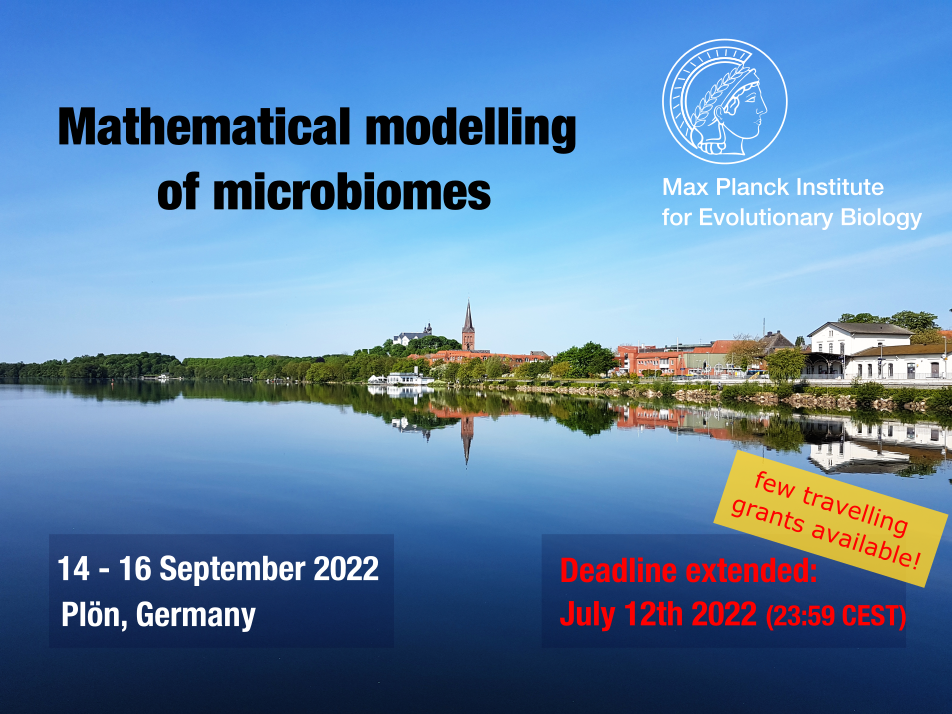Speaker
Description
Authors: Nancy Obeng and Hinrich Schulenburg
Commonly microbiotas are composed of bacteria from different taxa that may differ in their functional repertoires. To associate with the host, they must enter and persist in a host, and often grow or survive in environmental reservoirs, thus following a biphasic life cycle. To what extent species co-inhabiting a host differ in their life history and fitness strategies, however, is understudied. We here use a two-member model microbiota in the nematode Caenorhabditis elegans to infer bacterial strategies during host association. Specifically, we compare Pseudomonas lurida MYb11 and Ochrobactrum vermis MYb71, two members of the natural worm microbiota, in mono- and co-culture in worms and during growth on in the agar environment. While on agar the two species show antagonistic interactions, these are attenuated during co-colonization of their native host strain C. elegans MY316. Tracking bacterial fitness along a biphasic life cycle with a host-associated and a free-living phase in worms and on agar, we observe distinct fitness strategies. While MYb11 specializes on rapid growth in the free-living phase, quick entry into worms and shows longer persistence within the host, MYb71 invests in competition on agar and accumulates in worms over time. Thus, microbiota composition is dynamic and reflects life history strategies of microbiota members. By comparing strategies of host-associated bacteria this study it provides a new perspective on the drivers of microbiota composition.

